Critical Period of Weed Control in Corn
Written by Kristin Hacault, Pioneer Agronomy Sciences
4/4/2022
Written by Kristin Hacault, Pioneer Agronomy Sciences
4/4/2022
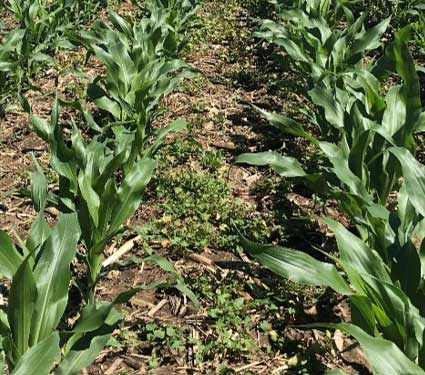
Figure 1. Field infestation of wild buckwheat and lambsquarters. June 27, 2018. Southern Alberta.

Figure 2. Critical Period of Weed Control in Corn (VE-V6).
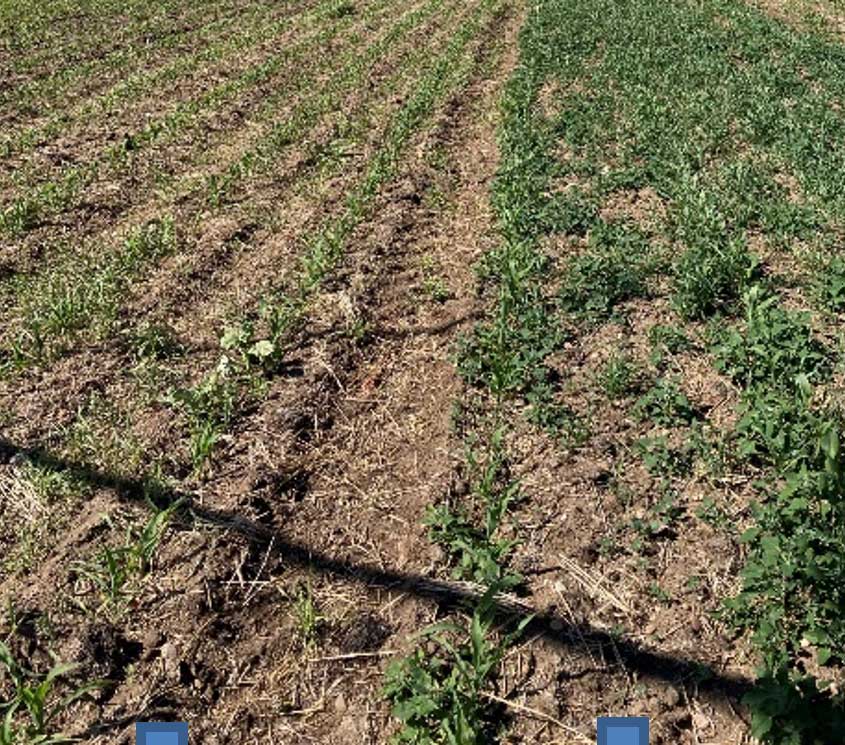
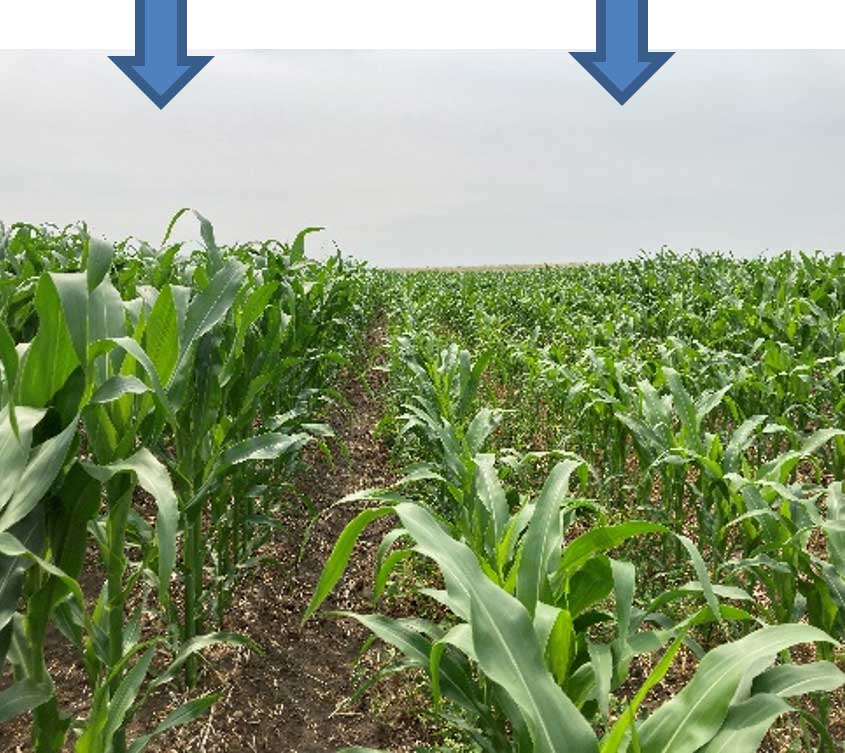
Top - Figure 3. Post emergent sprayer miss. Coaldale, AB. June 14, 2021. Sprayer miss on right hand side of picture.
Bottom - Figure 4. Same field as shown in Figure 3. Sprayer miss was sprayed 7 days after the first application. (Illustrates effect of delaying application and weed/crop competition). July 7, 2021. Coaldale, AB.

Figure 5. Corn plant showing fully emerged leaves with visible leaf collars. Photo courtesy of Iowa State University Extension.
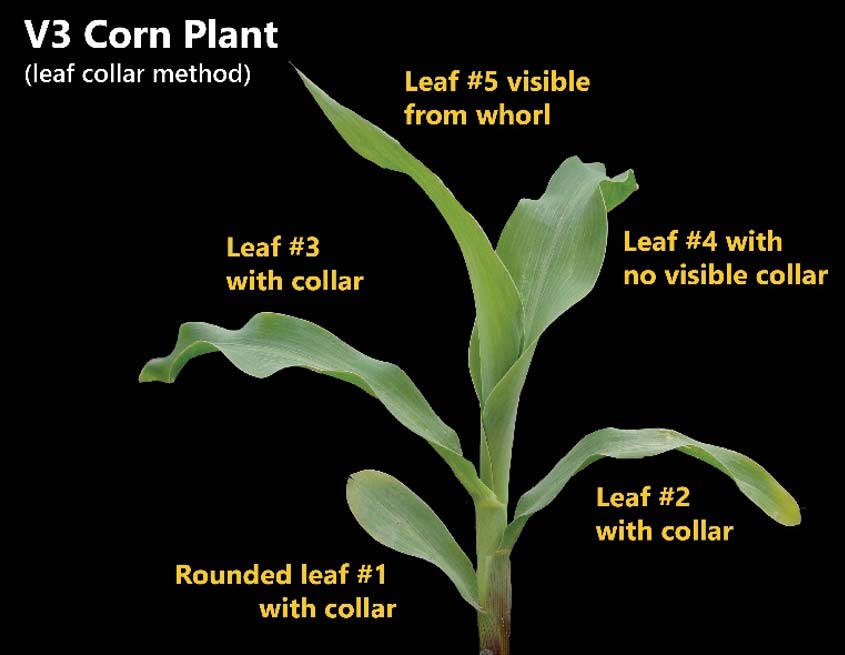
Figure 6. Corn plant staged as V3 according to the leaf collar method.
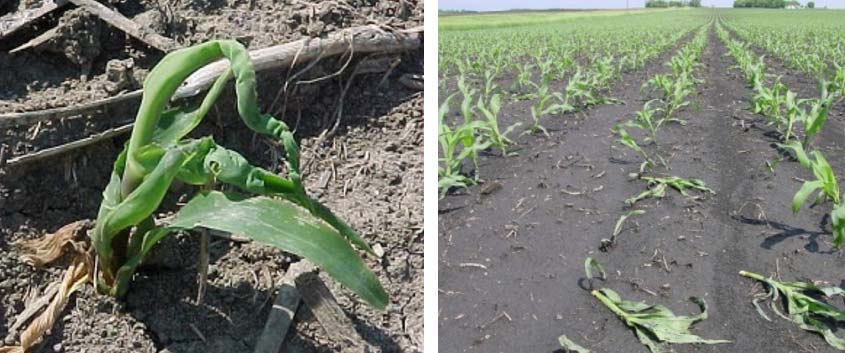
Figure 7. Group 4 herbicide injury in corn.
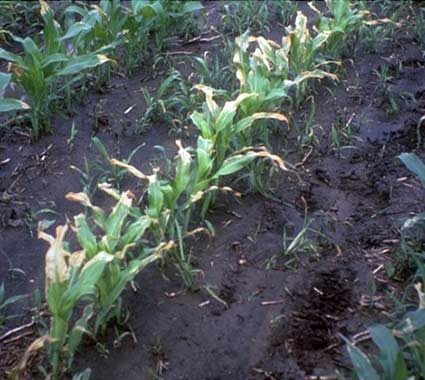
Figure 8. Group 6 herbicide injury in corn.
The foregoing is provided for informational use only. Please contact your Pioneer sales professional for information and suggestions specific to your operation. Product performance is variable and depends on many factors such as moisture and heat stress, soil type, management practices and environmental stress as well as disease and pest pressures. Individual results may vary.